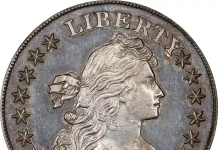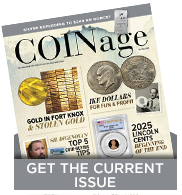
Will tariff-slapped China stop buying gold?
The 47th president of the United States, Donald J. Trump, took the oath of office on January 20, 2025, and he did not waste any time in starting to shake things up. One of the subjects that President Trump discussed on the campaign trail was imposing tariffs on some of the major trading partners with the United States to change the trade imbalances that currently exist.
So, what is a tariff? Every country is limited in producing what its population needs and wants by the natural resources it has and the ability to produce those specific goods and services. A tariff is a tax imposed by one country on the goods and services imported from another country to influence it, raise revenues or protect competitive advantages. Sometimes the tariff is paid for by the importing country. Often, the tax is passed on to the consumer. And that is the issue with tariffs. They cost someone additional monies, whether it is the importer or the consumer.
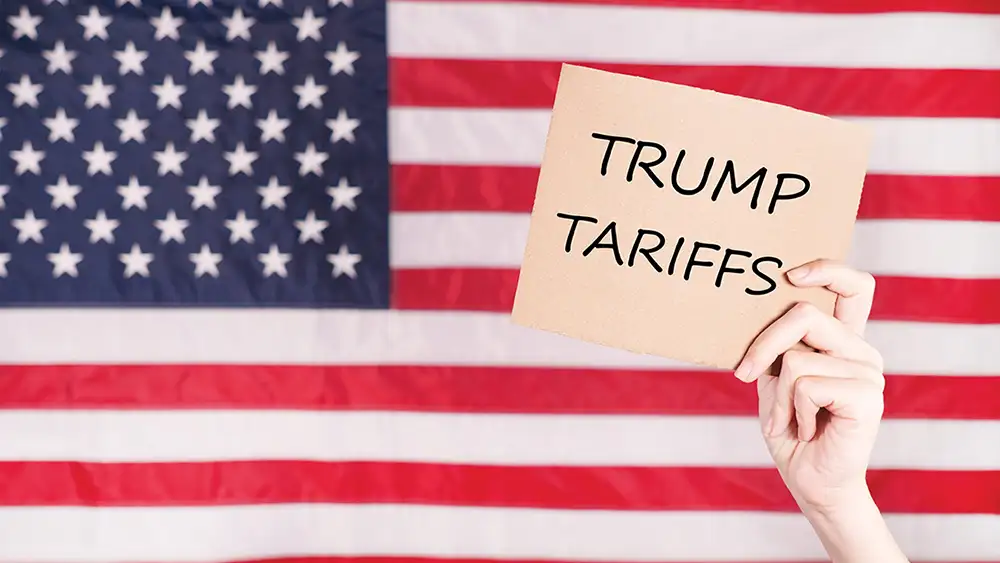
Shortly after taking office, President Trump imposed a 25% tariff on goods imported from Canada, a 25% tariff on goods imported from Mexico, as well as a 10% tariff on goods imported from China. He is also discussing a possible European
Union tariff.
At press time, February 2025, the Canada and Mexico tariffs were placed on pause, but the tariff on China remains.
There are two important things to remember about tariffs:
- Governments impose tariffs to raise revenue, to protect their own domestic industries or exert financial power over another country.
- The major problem with tariffs is that they often result in an unintended consequence, such as higher consumer prices for the country imposing them. Importers often pass on these tariffs onto consumers.
Whether tariffs help or hurt is up for debate, but they are not new. One of George Washington’s first policies was to sign into law the Tariff Act of 1789. That law imposed a 50 cents per ton tariff on foreign ships bringing goods to America, while American ships paid a six cents tariff per ton in comparison. But the United States was a weak trading partner in 1789, and it was desperately dependent on other countries for many goods and services.
How will this affect the price of gold and silver coins and bars? That is an important question to COINage readers.
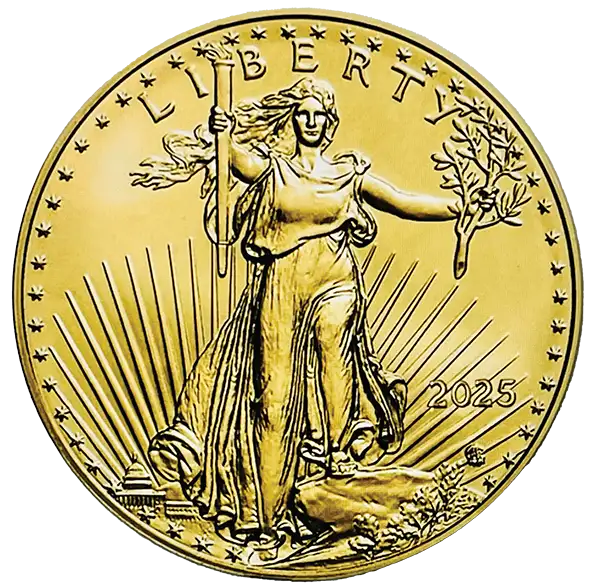
Let’s start with how it will affect gold coins and bars. Gold reached new all-time highs on several occasions during 2024 and is outpacing that precedent in 2025. There were two reasons why this happened. One was that the Federal Reserve cut the prime interest rate three times last year, dropping the rate a full point. The second reason was that central banks around the world continued to buy and hold their gold reserves. Another likely factor was safe-haven gold buying, as some investors took profits out of their stock market positions and reinvested those profits into gold coins and bullion.
Even with the increase in spot gold prices, the People’s Bank of China continued to aggressively add to its gold reserves and continued to buy gold throughout 2024 and into 2025 after the tariffs were imposed. But will the tariff imposed on China ultimately stop it from continuing to buy gold? No one knows for certain, but from recent actions it appears to have stepped up its gold buying.
Overall, gold rose 26% during 2024, according to statistics from the World Gold Council (gold.org). During 2024, the United States exported $2.71 billion worth of gold while it imported $1.12 billion. The U.S. had a positive trade balance of $1.6 billion.
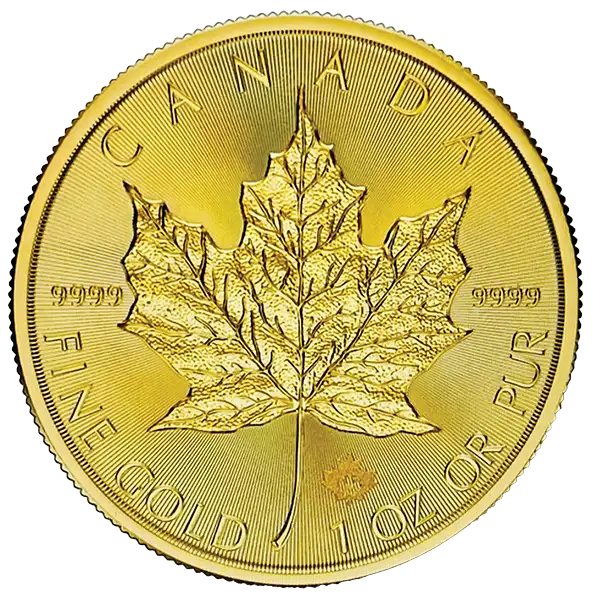
As gold breaks $2,900 per Troy Ounce, the mythical $3,000 price barrier seems easily within reach. If tariffs are imposed and sustained on all products from Canada, Mexico and China, then the Canadian Maple Leaf gold coins and the Mexican Gold Libertads will be hit with a 25% tariff, and the Chinese Gold Pandas will have a 10% tariff added to it, making them overpriced in the marketplace. Premiums are normally razor-thin on bullion, and these tariffs will effectively destroy sales of these gold bullion products in the United States.
Silver is primarily split into three categories: industrial uses (60%), coins and bullion (29%), jewelry production (9%) and a fraction (2%) of everything else.
The United States does not produce the amount of silver that we need. In fact, since 2010, 74% of the silver that the U.S. uses is imported from Canada and Mexico—two of the three countries with whom we are having a tariff brawl.
A tariff imposed by the United States would impact what you would have to pay for Canadian Silver Maples, Mexican Silver Libertads and Chinese Silver Pandas. A shortage in raw silver from the exporting countries would also mean that the silver to make the American Silver Eagle and American-made silver bars would be in short supply and cost even more. Overall, tariffs on silver will make the American Silver Eagle more affordable, but due to the missing exports from these countries, even American Silver Eagles might be very richly priced.
So, exactly what will happen is unknown. At the time of this writing, the tariffs have been imposed on Canada, Mexico and China, but a 30-day “pause” has been implemented on the Canadian and Mexican tariffs, as I pointed out earlier, to see if there is another avenue to settle these trade imbalances.
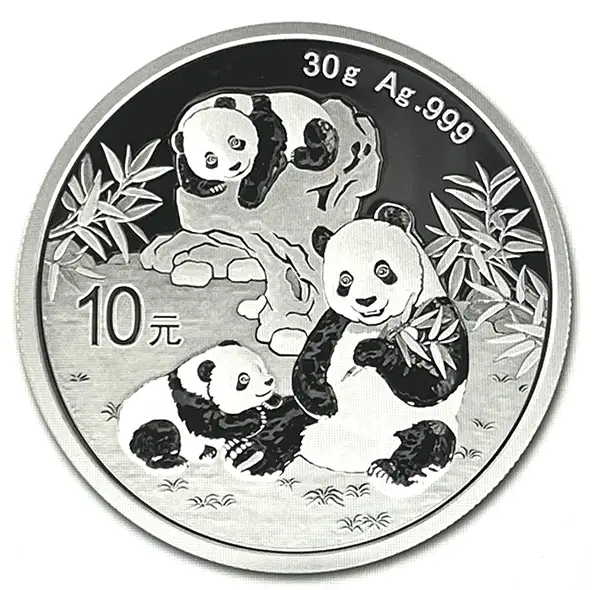
President Trump also ordered his administration to evaluate the potential for a “national digital asset stockpile.” This is part of his campaign promise to support cryptocurrencies if he were elected. Advocates for digital currency herald this as a key step forward to legitimize cryptocurrencies. But critics complain that because Trump launched his own digital token, “$TRUMP,” he stands to benefit directly from these actions. In fact, First Lady Melania Trump also issued her own coin, causing concern due to possible conflicts of interest. But their support for cryptocurrency is extremely important to the industry and welcomed by them.
Meanwhile, in the State of New York, State Senator Andrew Gounardes, a Democrat, published a report that claims the state is missing $3 billion worth of revenue by allowing specific tax benefits and exemptions that truly help a limited number of New York citizens. Gounardes serves as the State Senate Budget Committee Chair and he claims that New York is missing $601 million of annual revenue on exempting purchases of bullion in excess of $1,000.00.
The report claims that “while precious metal bullion owners must eventually remit capital gains taxes at the point of resale, this sales tax break is not afforded to other forms of valuable property subject to capital gains tax (i.e. artwork, collectibles).”
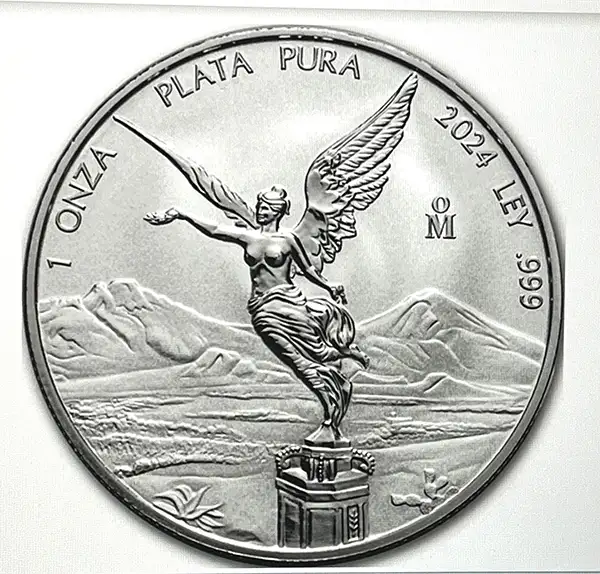
But the point that Gounardes is missing is that the overwhelming majority of states do offer a state sales tax exemption for the purchase of bullion or rare coins. The reason that these other states do offer an exemption is fairness.
Most states offer a sales tax exemption to give smaller investors a level playing field to buy and own a tangible asset.
To understand the picture more clearly, I spoke with David Crenshaw, the executive director of the Industry Council for Tangible Assets d/b/a the National Coin & Bullion Association (NCBA), which is the coin and bullion industry’s lobbying arm https://www.ncbassoc.org/index.asp.

“The overwhelming majority of the 41 states that have enacted and maintained these sales tax exemptions have seen significant expansion in their precious-metals industries, increased tax revenues from related economic activity and created new job opportunities. This exemption simply levels the playing field for New York residents who want to add precious metals to their investments. This exemption is a proven driver of economic growth and job creation,” said NCBA Executive Director David Crenshaw.
“Businesses have grown, added more employees and paid more in business taxes due to the fairness of not charging state sales taxes on precious metals. New York should offer the same treatment that they afford other investment vehicles like stocks, bonds and mutual funds. Removing it would place New York businesses at a severe competitive disadvantage, pushing investment and employment to other states with fairer sales tax policies,” Crenshaw concluded.
In 2014, I was directly involved in the effort to have the State of Oklahoma grant a sales tax exemption on the sale of precious metals and rare coins to Oklahoma residents. We lobbied our state senators and representatives, and made them understand how important it was, not just to the company I was working for but, more importantly, to Oklahoma residents, to be able to purchase gold, silver, rare coins, stocks, mutual funds or bonds as investments whenever they saw fit. No longer would residents be forced to buy these assets from out-of-state dealers. On November 1, 2014, Oklahoma Senate Bill #622 passed the state legislature and was signed into law by Governor Fallin. This allowed dealers across the state to grow and expand. In fact, our company grew exponentially due to the increase in sales. As we hired more employees, they paid state taxes on the income that they earned and pumped millions of dollars into the Oklahoma economy. This created an environment where residents of Oklahoma had many more choices of what they wanted to buy, and from whom.
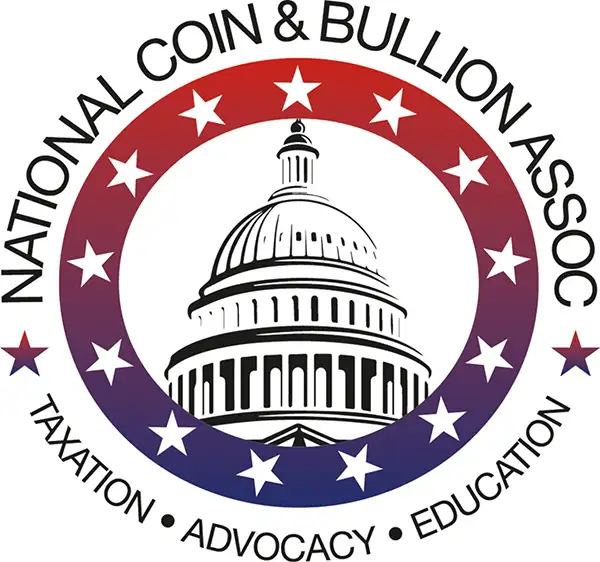
In 2025, the American Numismatic Association (ANA) money.org, the largest coin collectors organization in the world, will hold its annual convention called the “World’s Fair of Money,” in Oklahoma City, Oklahoma, on August 15-19, 2025. It seems unlikely that Oklahoma City would have been chosen as the site of this year’s national convention had Oklahoma not created a sales tax exemption for rare coins and bullion.
If your state has not granted a sales tax exemption on bullion and rare coins or is reconsidering removing the current exemption, I urge you to get involved. A great start would be to contact the NCBA and join its Concerned Collectors Coalition, which is free to join, to ensure that your voice will be heard at
ncbassoc.org/assoc_subscribe.asp.









